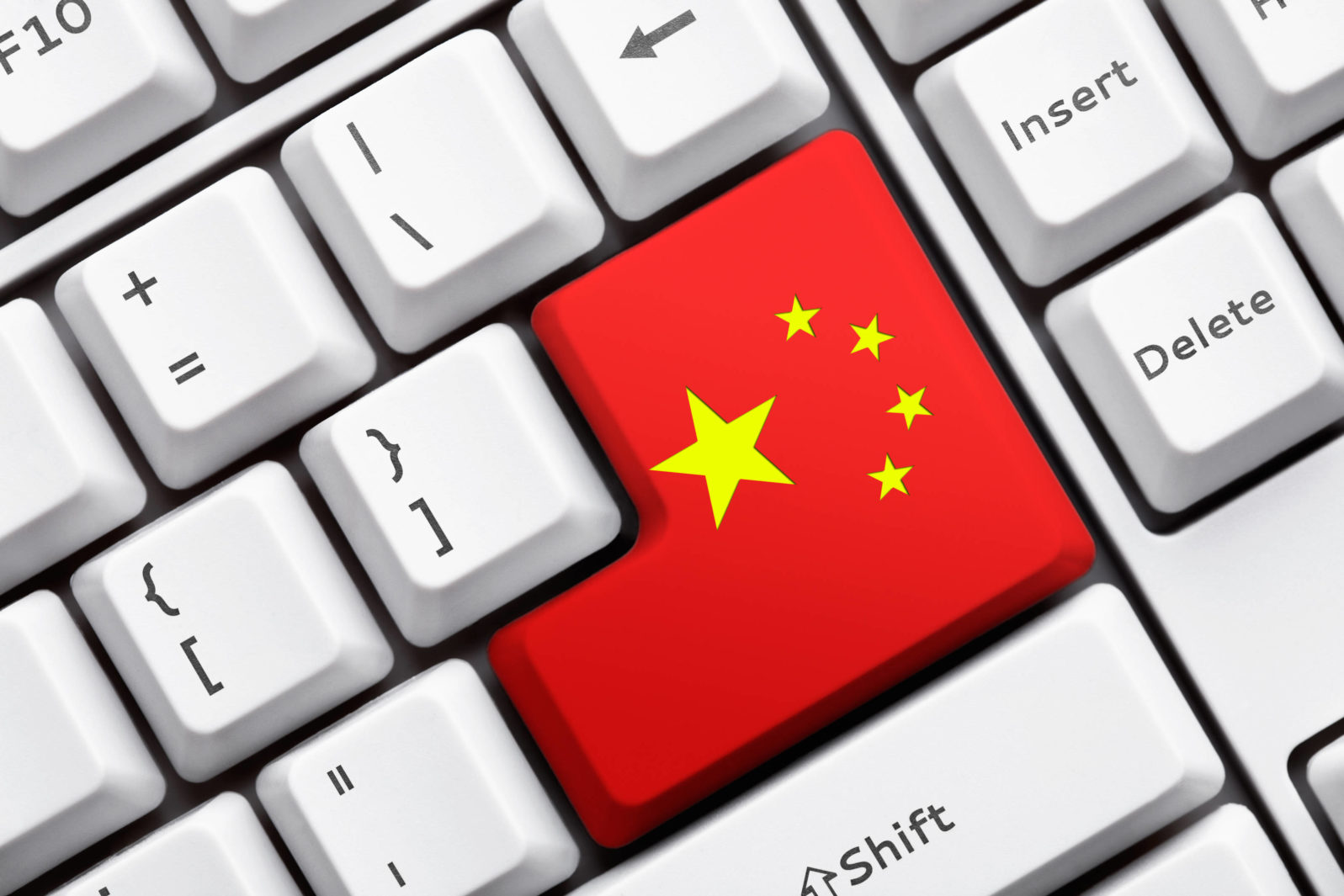Has the United States Lost Silicon Valley?
Once on friendly terms with the U,S, Department of Defense, Silicon Valley must consider the views of its friends in ChinaRecently, we learned that China had, for the first time, surpassed the United States in AI patent filings:
The development was revealed by Li Yuxiao, Deputy Head of the Chinese Academy of Cyberspace Studies at the 7th World Internet Conference (WIC), reports SCMP. With this, China is now bolstering its position of being a leader in AI.
As per the report, China had filed more than 110,000 artificial intelligence patents last year, more than the patents filed by the United States but the number of patents filed by the country has not been disclosed.
“China surpasses US for the first time in artificial intelligence patent filings” at TECHregister (November 27, 2020)

Now, people have been claiming that innovative competitiveness is declining in the United States for many years (see, for example, a Rand Report from 2008). How much of that is nostalgia or posturing for political advantage? In 2019, a Tulane University historian offered a thoughtful analysis of the question, identifying some things that really have changed:
The creation of a triangular relationship between government, industry, and academia was, in its own way, one of the significant innovations that helped produce the technological revolution of the late 20th century. The Department of Defense soon became the prime funder of much of America’s basic research. By 1965, 23 percent of the federal government’s funding for university science came from the Pentagon—almost twice as much as from the National Science Foundation. The return on that investment was huge, leading not only to the internet, but to many of the pillars of America’s postwar innovation and economic boom.
Walter Isaacson, “How America Risks Losing Its Innovation Edge” at TIME (January 3, 2019)
Indeed, as Walter Isaacson notes, Google founders Larry Page and Sergei Brin were recipients of the largesse. The Human Genome mapping project got its start from these collaborations as well.
However, he goes on to say that at the same time, there has been a long, slow decline in federal R&D spending, “from about 1.2 percent of GDP in 1976 to less than 0.8 percent in 2016.” From 2011 to 2015, federal investment declined by 13% and that trend has continued, irrespective of the party in power. Corporate investment in research has been making up the shortfall. In the 1960s, the split between government and corporate funding was 70/30; now it is reversed.
One problem this reverse split raises for innovation, says Isaacson, is that corporate spending tends to focus on specific, marketable products. Corporations are less likely to prioritize fundamental theoretical knowledge like the Human Genome Map that will lead to many advances down the road. The priorities of university labs naturally change to reflect the priorities of corporate donors.
But there may be other, deeper factors at work. When Ashton Carter was nominated Secretary of Defense in 2014, with the idea of enlisting Silicon Valley to reset the relationship between national defense and the corporate sector, this is what he encountered:
For its part, the tech sector remains wary. Defense contracting is notorious for bureaucratic lethargy and technological backwardness. And executives are leery of appearing to be too close to the US government while they seek to expand overseas. Put bluntly, they don’t want to alienate potential customers. (Case in point: Execs from Apple, Facebook, and Microsoft met with Chinese president Xi Jinping in late September in Seattle even as the Obama administration considered sanctions against China for cyberespionage.)
Jessi Hempel, “DOD Head Ashton Carter Enlists Silicon Valley to Transform the Military” at Wired (November 18, 2015)
Paperwork is a problem and always has been. But there may be something more. In a Great Reset, Silicon Valley may simply have other priorities and perhaps other loyalties now:
For several years, the research arm of the US Defense Advanced Research Projects Agency has sponsored a robotics competition. Among the recent winners and top competitors have been robots from Schaft, a Japanese start-up, and Boston Dynamics. Google bought both of them, along with a few other leading-edge robot makers, as part of its big push into robotics.
Among the first messages from Google to these companies is that there would be no more dialogue with the DoD, according to two people familiar with the situation. Last year, at Google’s behest, Schaft did not compete in the Darpa competition at all.
Henny Sender, “US defence: Losing its edge in technology?” at Financial Times (September 4, 2016)
The Department of Defense funded early robotics technology. But, for world-class mega-corporations, bigger than many nation states, a friendly relationship may now be a liability.
China has been quick to move into the gap, says Isaacson:
Take the AI sector, for example. In its 13th Five-Year Plan released in 2016, China’s leadership announced its ambition to transform China into a “nation of innovation” by launching fifteen “Science and Technology Innovation 2030 Megaprojects.” These included big data, intelligent manufacturing, and robotics. It was a steroid-charged version of Bush’s 1945 paper urging America to combine federal dollars with university and corporate labs. A year ago, in May 2017, China added “Artificial Intelligence 2.0” as the sixteenth mega-project.
Walter Isaacson, “How America Risks Losing Its Innovation Edge” at TIME (January 3, 2019)
The goal is to make China the world leader in AI by 2030. Already, students and programmers from China routinely win international AI and machine learning competitions.
One concern is that China makes no pretense to be a free society. About the AI patents:
According to the report from research firm iiMedia, surveillance was the biggest single end-user of AI in China last year, which accounted for 53.8 percent of all AI-powered applications. It was followed by Finance and Marketing, account for 15.8 percent and 11.6 percent, respectively.
“China surpasses US for the first time in artificial intelligence patent filings” at TECHregister (November 27, 2020)
Another is that surveillance and lack of privacy in areas under China’s control means that it has amassed staggering amounts of Big Data to fuel AI advances (“the Saudi Arabia of data,” as The Economist put it in 2017):
China’s version of Vannevar Bush’s innovation triangle is a “military-civil fusion” that encourages the collection of data on citizens. It uses facial recognition technology for domestic surveillance. In Shenzhen, for example, there are cameras on poles with reminders saying, “Jaywalkers will be captured using facial-recognition technology.” Cross the street improperly, and your face and name are likely to be displayed publicly on a nearby screen and put into a database.
Walter Isaacson, “How America Risks Losing Its Innovation Edge” at TIME (January 3, 2019)
Yes, put into a database.
Meanwhile, in a recent podcast, mathematician Gregory Chaitin addressed the bureaucracy in the Western science world today that, in his view, chokes off science advances: “They’re managing to make it impossible for anybody to do any real research. You have to say in advance what you’re going to accomplish. You have to have milestones, reports.” In his view, a key problem is that the current system cannot afford failure — but the risk of some failures is often the price of later success:
Gregory Chaitin: And the European community has made it worse. I was talking to a scientist in Europe and she told me, “I have to spend all the time interfacing with the bureaucracy in Brussels. I put together a research team but they are the only ones really doing the research because my time is all taken with this administrivia.” So if you give the bureaucrats a chance, they’ll grow and grow and grow and eventually sink the ship. But this seems to be the way this society is working.
The Chinese seem to be innovating and engineering in a remarkable way. They have a different system. I don’t know what it’s like there. I’ve seen videos of them putting up a building in amazing speed, with amazing speed, for example.
News, “Gregory Chaitin on how bureaucracy chokes off science” at Mind Matters News
If there were failures or other losses, we don’t hear much about them. Whatever happens, the technology landscape is changing dramatically as old alliances break up.
—
You may also wish to read: A question every scientist dreads: Has science passed the peak? Gregory Chaitin worries about the growth of bureaucracy in science: You have to learn from your failures. If you don’t fail, it means you’re not innovating enough. Robert J. Marks and Gregory Chaitin discuss the reasons high tech companies are leaving Silicon Valley for Texas and elsewhere.
